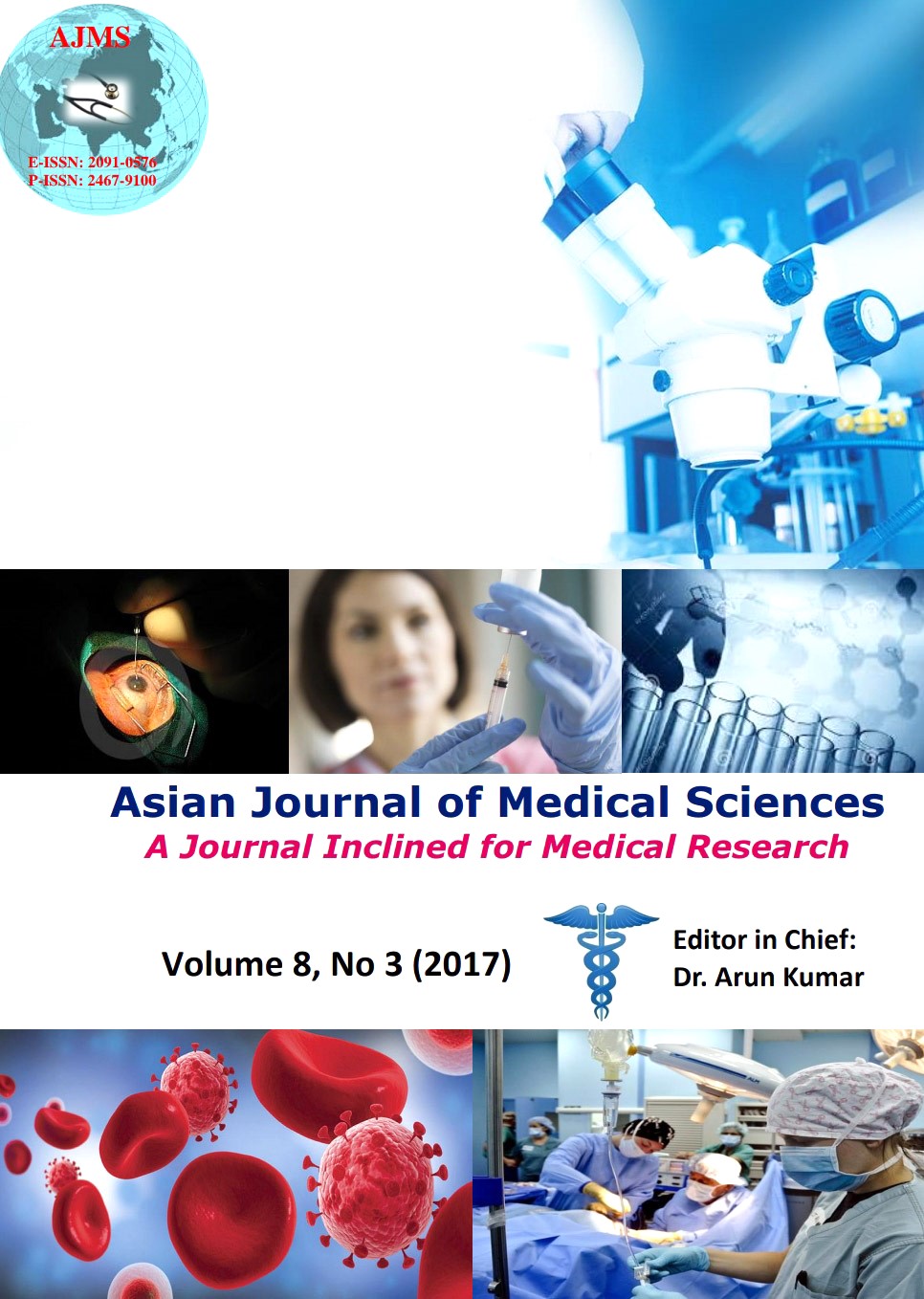Clinical profile and outcome of acute poisoning in children and adolescent in a tertiary care center
Keywords:
Poisoning trend in children and Adolescents, Childhood poisoning, Pattern of poisoningAbstract
Background: Childhood poisoning is a significant public health problem. It is a common worldwide health problem and a preventable cause of morbidity and mortality. Epidemiological studies on accidental poisoning in children show a consistent pattern with respect to sex and age.
Aims and Objectives: To determine the changing pattern of clinical profile and outcome of acute poisoning in children and adolescent.
Materials and Methods: All children aged 1-18 years with h/o poisoning, attending pediatric and medicine emergency department of College of Medicine and Sagore Dutta Hospital, Kolkata from March 2014 to February 2016 were the subjects of our study. Profiles of all cases and their outcome were noted.
Results: Seventy-five patients were presented with acute poisoning during our study period. Majority of the children were between 12 to 18 years (45 cases, 60%). Most of the patients were residents of urban areas. Most frequent agents were drugs (44%), hydrocarbon (21.33%) and insecticides (22.66%). Almost all cases in 1-6 years age group were accidental in nature.
Conclusion: Poisoning in children and adolescents are common problems. Incidences of acute poisoning in childhood remained more or less unchanged temporally. Poisoning by agents like drugs and organophosphorus compounds are alarming phenomena and these occur mostly during adolescence. Free availability of these compounds, co-morbid conditions of adolescents and adolescent stressors have to be addressed in this respect.
Asian Journal of Medical Sciences Vol.8(3) 2017 76-80
Downloads
Downloads
Published
How to Cite
Issue
Section
License
Authors who publish with this journal agree to the following terms:
- The journal holds copyright and publishes the work under a Creative Commons CC-BY-NC license that permits use, distribution and reprduction in any medium, provided the original work is properly cited and is not used for commercial purposes. The journal should be recognised as the original publisher of this work.
- Authors are able to enter into separate, additional contractual arrangements for the non-exclusive distribution of the journal's published version of the work (e.g., post it to an institutional repository or publish it in a book), with an acknowledgement of its initial publication in this journal.
- Authors are permitted and encouraged to post their work online (e.g., in institutional repositories or on their website) prior to and during the submission process, as it can lead to productive exchanges, as well as earlier and greater citation of published work (See The Effect of Open Access).




